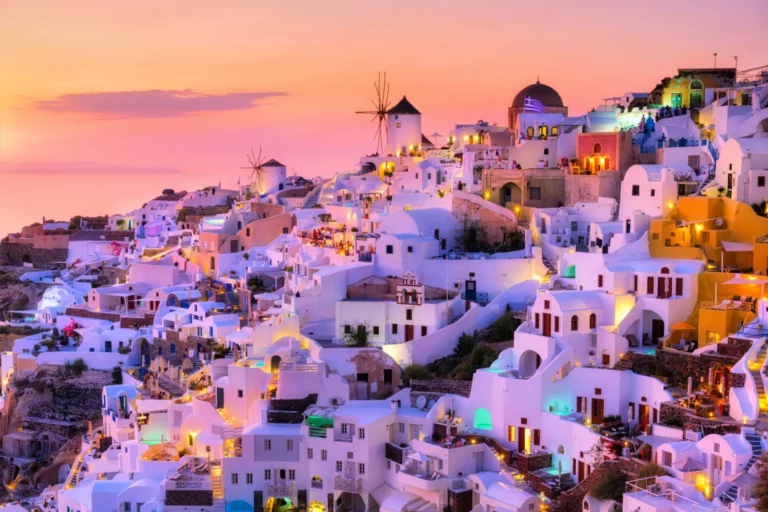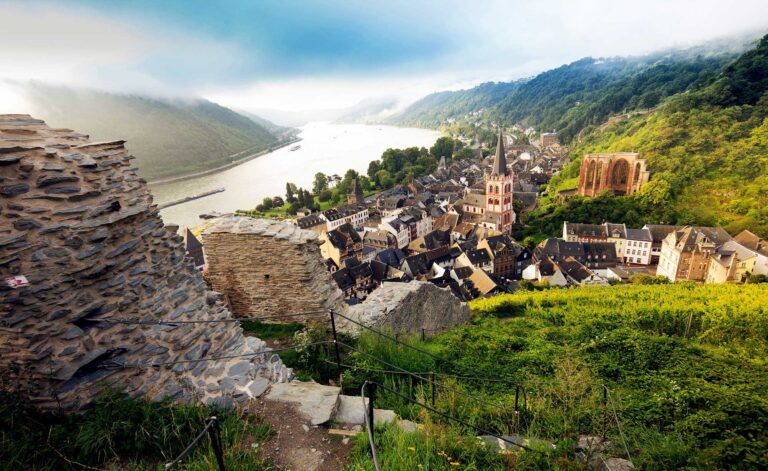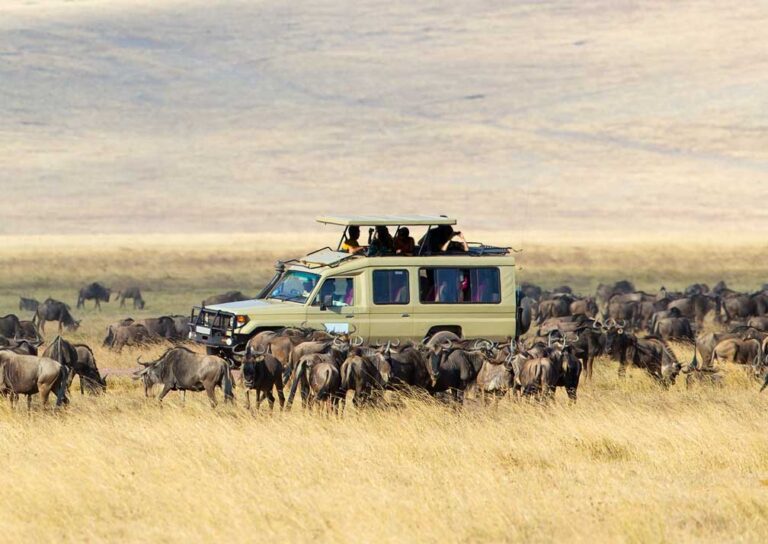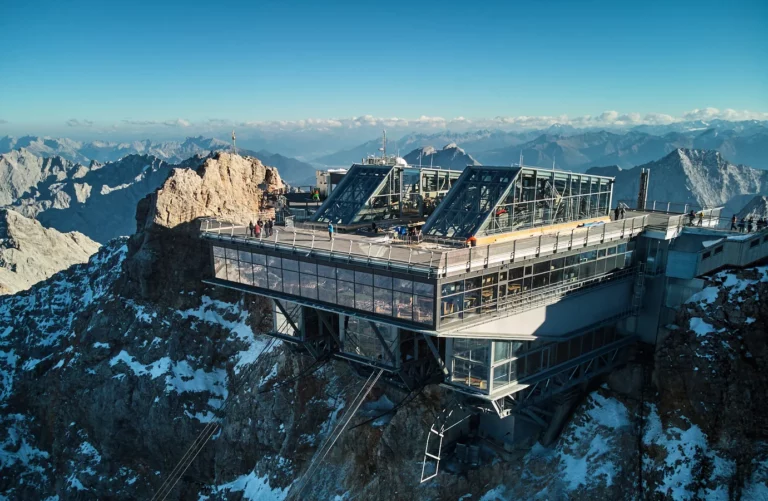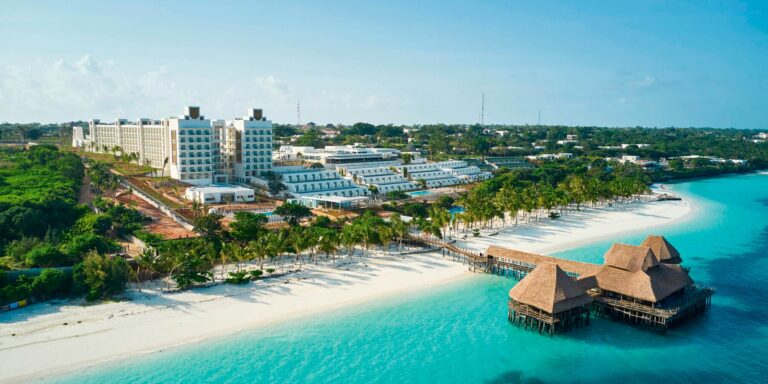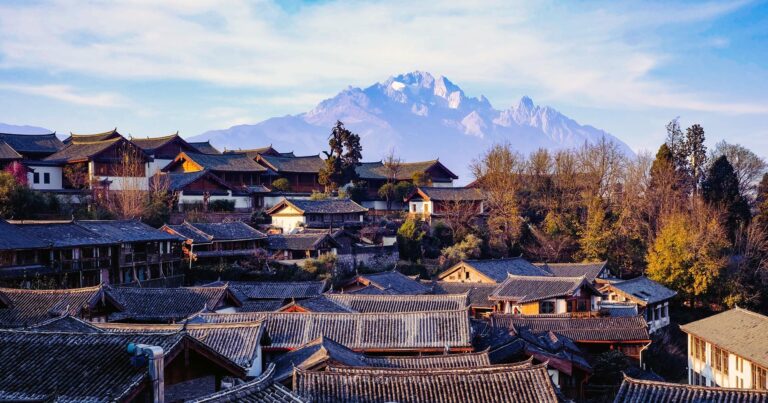Tanzania
Title: Exploring the Breathtaking Beauty of Tanzania: A Journey to Remember
Introduction:
Welcome to Tanzania, a captivating country nestled in the heart of East Africa. With its awe-inspiring landscapes, rich cultural heritage, and abundant wildlife, Tanzania offers an unforgettable travel experience. From the serene beaches of Zanzibar to the iconic Mount Kilimanjaro, this diverse destination has something to enchant every traveler. In this comprehensive guide, we will delve into the fascinating allure of Tanzania, exploring its natural wonders, cultural treasures, delicious cuisine, accommodations, and much more.
Chapter 1: The Enchanting Blend of Water and Wildlife
One of the remarkable aspects of Tanzania is its diverse array of aquatic marvels. From crystal-clear lakes to breathtaking waterfalls, this country’s water-centric attractions never fail to impress. The water temperatures range from 75-82°F (24-28°C) in the coastal areas, while inland lakes have temperatures ranging from 68-77°F (20-25°C).
1.1 Zanzibar Archipelago:
The Zanzibar Archipelago, composed of Zanzibar Island, Pemba Island, and Mafia Island, is a tropical paradise renowned for its pristine white-sand beaches, turquoise waters, and vibrant coral reefs. With water temperatures averaging 79-84°F (26-29°C) year-round, it’s the perfect destination for diving, snorkeling, and relaxing under the warm African sun.
1.2 Lake Victoria:
As Africa’s largest lake, Lake Victoria is a true marvel. It offers an incredible opportunity to witness the daily lives of local fishermen, explore lush islands, and spot an array of bird species. The water temperature here remains around 77°F (25°C) throughout the year.
1.3 Serengeti National Park:
While not a water-centric attraction, Serengeti National Park deserves a mention due to its stunning wildlife. Known for the Great Migration, where millions of wildebeests and zebras cross the crocodile-infested Mara River, this spectacle is an extraordinary sight to behold. The park’s waterholes attract a wide variety of animals, offering visitors a chance to witness the circle of life in action.
Chapter 2: Gastronomic Delights and Culinary Adventures
Tanzania’s culinary scene reflects its diverse cultural heritage, with influences from Arab, Indian, and African cuisines. Traditional Tanzanian dishes often incorporate fresh seafood, aromatic spices, and flavorsome ingredients. Here’s a taste of the country’s gastronomic delights:
2.1 Ugali and Nyama Choma:
Ugali, a staple food made from maize flour, is often paired with nyama choma, grilled meat usually marinated with spices. This hearty dish provides a glimpse into the local culinary culture and is a must-try for visitors.
2.2 Zanzibari Cuisine:
In Zanzibar, explore the tantalizing flavors of Zanzibari cuisine, which features dishes like biryani, pilau rice, and mouthwatering seafood curries. Don’t miss the chance to savor the renowned Zanzibar pizza, a delicious street food delicacy filled with various ingredients of your choice.
2.3 Local Street Food:
When exploring local markets and bustling streets, indulge in street food delights such as mishkaki (grilled skewered meat), vitumbua (rice cakes), and samosas. These affordable and flavorsome treats allow you to immerse yourself in the vibrant culinary tapestry of Tanzania.
Chapter 3: Accommodations Fit for a Dream Vacation
Tanzania boasts a range of accommodation options catering to every traveler’s needs, from luxurious resorts to budget-friendly lodges. Here, we highlight some of the best accommodations across the country:
3.1 The Retreat Selous:
Nestled in the Selous Game Reserve, The Retreat Selous offers a luxurious and intimate safari experience. With its elegant suites, private plunge pools, and breathtaking views, this eco-friendly lodge ensures a memorable stay amidst nature.
3.2 Four Seasons Safari Lodge Serengeti:
Located in the heart of the Serengeti, the Four Seasons Safari Lodge Serengeti combines luxury with stunning wildlife encounters. Guests can enjoy spacious villas, a refreshing infinity pool, and game drives that bring them up close and personal with the iconic African fauna.
3.3 Zanzibar White Sand Luxury Villas & Spa:
For an idyllic beach retreat, the Zanzibar White Sand Luxury Villas & Spa offers a secluded oasis of tranquility. With its private villas, pristine white-sand beaches, and a rejuvenating spa, this resort is the epitome of barefoot luxury.
Chapter 4: Architectural Marvels and Cultural Gems
Tanzania’s architectural landscape is as diverse as its natural wonders. The country showcases a blend of indigenous, Arab, and colonial influences. Here are some notable architectural styles and cultural landmarks to explore:
4.1 Swahili Architecture:
Zanzibar’s Stone Town, a UNESCO World Heritage site, is a treasure trove of Swahili architecture. With its intricately carved wooden doors, narrow winding streets, and coral stone buildings, the town exudes a timeless charm that reflects its Swahili and Arab heritage.
4.2 German and British Colonial Architecture:
In Dar es Salaam, the former German and British colonial capital, remnants of colonial architecture can still be seen. The Old Boma, Askari Monument, and St. Joseph’s Cathedral are noteworthy examples that showcase Tanzania’s colonial past.
Chapter 5: Cultural Exploration and Must-Visit Spots
Immerse yourself in Tanzania’s rich cultural tapestry by visiting these vibrant cultural spots:
5.1 Ngorongoro Conservation Area:
Explore the Maasai culture and witness their traditional way of life in the Ngorongoro Conservation Area. Engage with local communities, learn about their customs, and experience traditional dances and music.
5.2 Bagamoyo:
Once a major slave port, Bagamoyo is a historic town where you can learn about Tanzania’s dark past. Visit the Bagamoyo Arts Market, museums, and explore the remnants of the slave trade, all while gaining insights into the local history and culture.
Chapter 6: The Best Time to Visit Tanzania
The best time to visit Tanzania depends on the specific experiences you seek. Here are the key seasons to consider:
6.1 Dry Season (June – October):
The dry season offers excellent game viewing opportunities as wildlife concentrates around water sources. It is also the ideal time for climbing Mount Kilimanjaro, with clear skies and manageable temperatures.
6.2 Wet Season (November – May):
The wet season brings lush landscapes, newborn wildlife, and vibrant birdlife. While some areas may experience heavy rainfall, it also means fewer crowds and lower accommodation prices.
Chapter 7: Exploring Nearby Gems
While visiting Tanzania, take the opportunity to explore nearby destinations that add an extra dimension to your journey:
7.1 Mount Kilimanjaro:
Embark on the adventure of a lifetime by climbing Africa’s highest peak, Mount Kilimanjaro. Witness breathtaking sunrises, traverse diverse landscapes, and achieve an incredible sense of accomplishment.
7.2 Tarangire National Park:
Known for its large elephant herds and ancient baobab trees, Tarangire National Park offers a unique safari experience. Marvel at the diverse wildlife and bird species while relishing the picturesque scenery.
Chapter 8: Traveling to Tanzania
Getting to Tanzania is relatively straightforward, with several international airports and airlines offering flights to the country. Julius Nyerere International Airport in Dar es Salaam and Abeid Amani Karume International Airport in Zanzibar are the main gateways. International visitors can obtain visas upon arrival or apply in advance through Tanzania’s e-visa system.
Conclusion:
Tanzania, with its unparalleled natural beauty, diverse wildlife, rich cultural heritage, and warm hospitality, beckons travelers from around the world. Whether you seek a beach retreat in Zanzibar, an exhilarating safari in the Serengeti, or a cultural exploration of Stone Town, Tanzania promises an extraordinary adventure. Pack your bags, embrace the spirit of exploration, and prepare to create lifelong memories in this enchanting corner of Africa.

